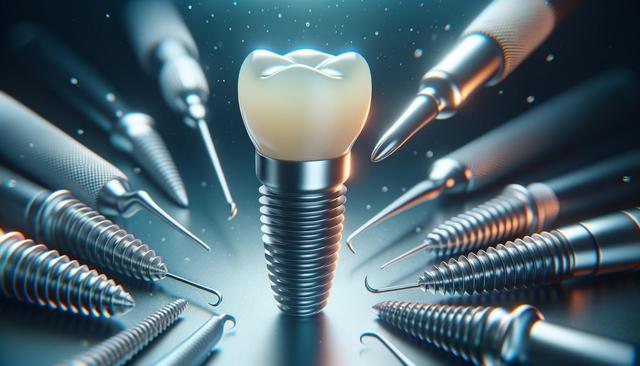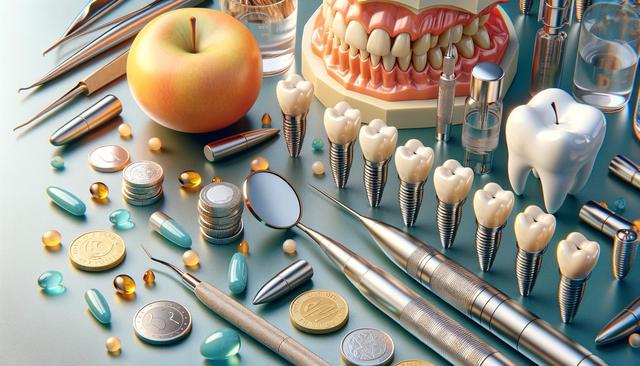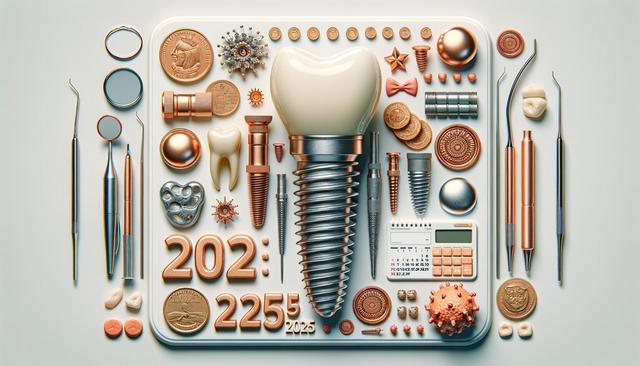Understanding Stroke Recovery
Stroke recovery begins the moment medical treatment stabilizes the patient. A stroke occurs when blood flow to the brain is interrupted, either by a blockage (ischemic stroke) or bleeding (hemorrhagic stroke). The recovery process varies depending on the severity and location of the stroke, as well as the individual’s overall health. Recovery involves healing damaged brain tissue and relearning skills lost due to the stroke. During this phase, medical professionals assess the extent of impairment and begin creating a tailored rehabilitation plan.
Initial recovery often takes place in a hospital or rehabilitation center. Here, therapists evaluate physical and cognitive functions and begin therapies aimed at regaining movement, speech, and independence. It is essential for patients and caregivers to understand that progress might be slow and non-linear. However, early intervention and consistent rehabilitation can significantly improve outcomes.
Physical Rehabilitation and Mobility
Physical therapy plays a central role in stroke recovery. Many stroke survivors experience weakness or paralysis, often on one side of the body. Physical therapists work with patients to rebuild strength, improve balance, and regain coordination. This may include:
- Range-of-motion exercises to prevent stiffness
- Assisted walking using supports like canes or walkers
- Strength training for muscle recovery
- Balance training to reduce fall risk
Occupational therapists help patients relearn daily activities such as dressing, bathing, and cooking. These professionals often suggest adaptive tools or home modifications to support independence. Consistency and patience are key, as visible improvements may take weeks or months.
Speech and Cognitive Therapy
For individuals affected by aphasia (language impairment) or cognitive challenges, speech-language pathologists provide essential support. These therapists guide patients through exercises that improve speaking, understanding, reading, and writing. Therapy may also target memory, attention, and problem-solving skills impacted by the stroke.
Cognitive recovery can be supported by:
- Memory-enhancing games and apps
- Structured routines to reduce confusion
- Visual aids and reminders for daily tasks
- Family involvement in therapy sessions to reinforce progress
In some cases, technology such as speech-generating devices or specialized software may help individuals communicate more effectively during recovery.
Emotional and Psychological Support
Stroke survivors often experience emotional changes, including depression, anxiety, or mood swings. These emotional responses are normal and may result from both the brain injury and the lifestyle changes that follow a stroke. Recognizing and addressing these feelings is essential for overall recovery.
Support can include:
- Counseling or therapy with a licensed mental health professional
- Support groups for stroke survivors and caregivers
- Medication prescribed for mood disorders
Family members and caregivers should be aware of signs of emotional distress and encourage open communication. Maintaining a supportive home environment can significantly aid a survivor’s emotional wellbeing.
Creating a Sustainable Recovery Plan
Long-term recovery requires a structured plan that incorporates medical care, therapy, lifestyle changes, and ongoing support. Regular follow-ups with healthcare providers ensure that progress is monitored and new challenges are addressed promptly. Additionally, managing stroke risk factors such as high blood pressure, diabetes, and high cholesterol is critical to prevent recurrence.
Key components of a sustainable plan include:
- Healthy nutrition and hydration
- Regular physical activity suited to the survivor’s abilities
- Medication adherence and monitoring of vitals
- Continued rehabilitation through outpatient services or home-based programs
Setting realistic goals and celebrating milestones, no matter how small, can boost motivation and reinforce a positive mindset throughout the recovery journey.




Leave a Reply